Let's be real: These days, whenever somebody rings the doorbell, there's a 90 percent chance it's someone you're not expecting, often trying to sell you something. Or your nosy neighbor, eager to poll you on whether that mole on her back looks more like Drew or Jonathan Scott. (For the last time, Martha, it's Drew! It's always been Drew!)
You want to know who's at the door — and if you should duck and pretend you're not home. The latest batch of smart doorbells take the guesswork out of all that, sending an alert to your phone when someone rings your bell — and often, sending you a video feed so you can respond to them. Even if you're thousands of miles away.
There are a bunch of companies jumping into this territory, so for now, we'll compare the two major players: Nest Hello (yes, as in makers of the smart thermostat) and Ring.
Before you shell out your hard-earned cash, here's what you need to consider.
1. Check Out Your Existing Doorbell First.
That doorbell you inherited when you bought your house? It may not be hardwired in; it could be battery-operated. That means if you choose Nest Hello — or a model that needs to be wired in — you're going to have to call an electrician to run a line, so that $199 you thought you were spending can easily double. Or triple, depending on labor.
That's true for apartment dwellers, too. If you want a connected doorbell, you'll likely need to go with a battery-operated version, like the Ring 2. The landlord who wouldn't let you paint your walls millennial lilac probably won't be cool with you calling in an electrician to upgrade your doorbell. (For $49, you can also buy a solar-powered charger for the Ring 2. It's not compatible with the original Ring doorbell, though.)
2. Both Companies Have A Few Standard Features.
Nest Hello and Ring both stream HD video to your cell phone, using your wireless internet connection. They're also equipped with speakers and a built-in microphone, so you can hear the person at your door and talk back to them, no matter where you are. (Seriously, I answered someone who rang my doorbell in New York from Venice, Italy.)
You can also stream live video with both brands — though that may involve additional costs (more on that below) — set motion zones, so if cars zip past your driveway every two minutes, you won't get alert after alert blowing up your phone. They also work with Androids and iPhones.
3. You'll Need Decent Wifi.
A smart doorbell is only as effective as the wifi it's connected to. Ring says you can get away with a 1 mbps upload speed, though 2 mbps is recommended, and Nest Hello suggests 2 mbps or higher. Not sure what that means and whether you qualify? When you're at home, log onto Speedtest.net to find out where you stand.
4. The Video Quality Is Surprisingly Good.
Nest Hello edges out Ring in terms of video quality — shooting in 1600x1200, vs. Ring's 1080p. Both have pretty clear, crisp video, giving you a 160-degree view of what's going on outside your door. However, Nest Hello's camera records in a 4:3 format to Ring's 16:9, meaning you can often see someone from head to toe as they approach your door.
To see what the footage will look like, check out this comparison by LifeHackster:
5. Storing Those Videos Will Cost You.
You can interact with someone in the moment, but if you want the device to store its videos — for those moments when you can't reach the door or get to your phone but want to see who was there — you'll need to pony up. Ring charges $3 per month and up for cloud video storage, and Nest Hello's three subscription packages (which include 24/7 continuous recording) start at $5 a month.
6. It Can Sync With Google Home And Alexa.
Newer models of the Ring doorbell — like the Ring 2, Elite, and Pro — are all compatible with Amazon's smart assistant, Alexa, which is fitting, considering the Jeff Bezos-owned company recently bought Ring. They also work with Google Home, so you can ask either digital assistant who's at your door (or what's going on outside) and have it report back. Or stream it to your Echo Show or TV, if it's connected via Chromecast or Fire TV.
The same goes for Nest Hello — it works with Alexa and Google Home (also fitting, considering Nest was acquired by Google) — and you can stream the video to your TV, if you have Chromecast or a Fire TV stick.
7. Nest Can Learn To Recognize Your Face.
The future is now! You can teach the Nest Hello to recognize people's faces, so when someone approaches the door, your alert will automatically tell you who's there, before you click to see the photo or video of their arrival. And, if you sync it with Google Home, it'll even announce the person when he or she rings the doorbell.
Ring changed its terms of service earlier this year, rewording things in such a way that made people guess that the company may unveil its own facial recognition technology in the near future.
Cool or creepy? You decide.
8. Consider How It'll Impact Your Curb Appeal.
First impressions matter, even when it comes to your front door. After all, exterior upgrades are often one of the most valuable ways to boost your chances of selling your house without breaking your budget, according to this 2017 report. So, you don't want to choose a smart doorbell that doesn't fit with the look of your front door and entry way.
Look at the style of each model, and the size. My front door, for example, only has a narrow strip where the doorbell could fit, so squarer models would require me to rewire the door (an added cost) and mount it on the trim of my screen door. Do what works for you.

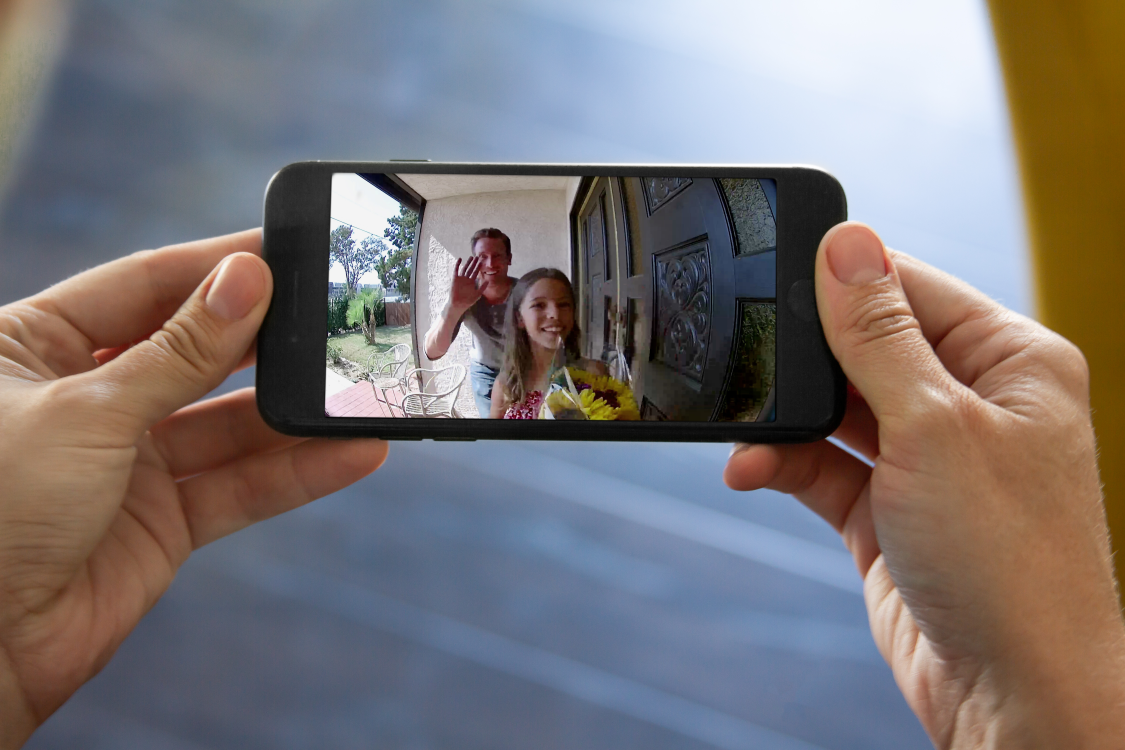

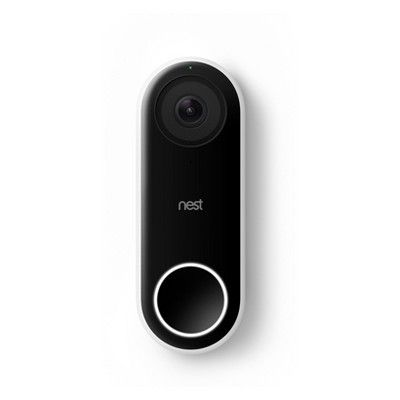
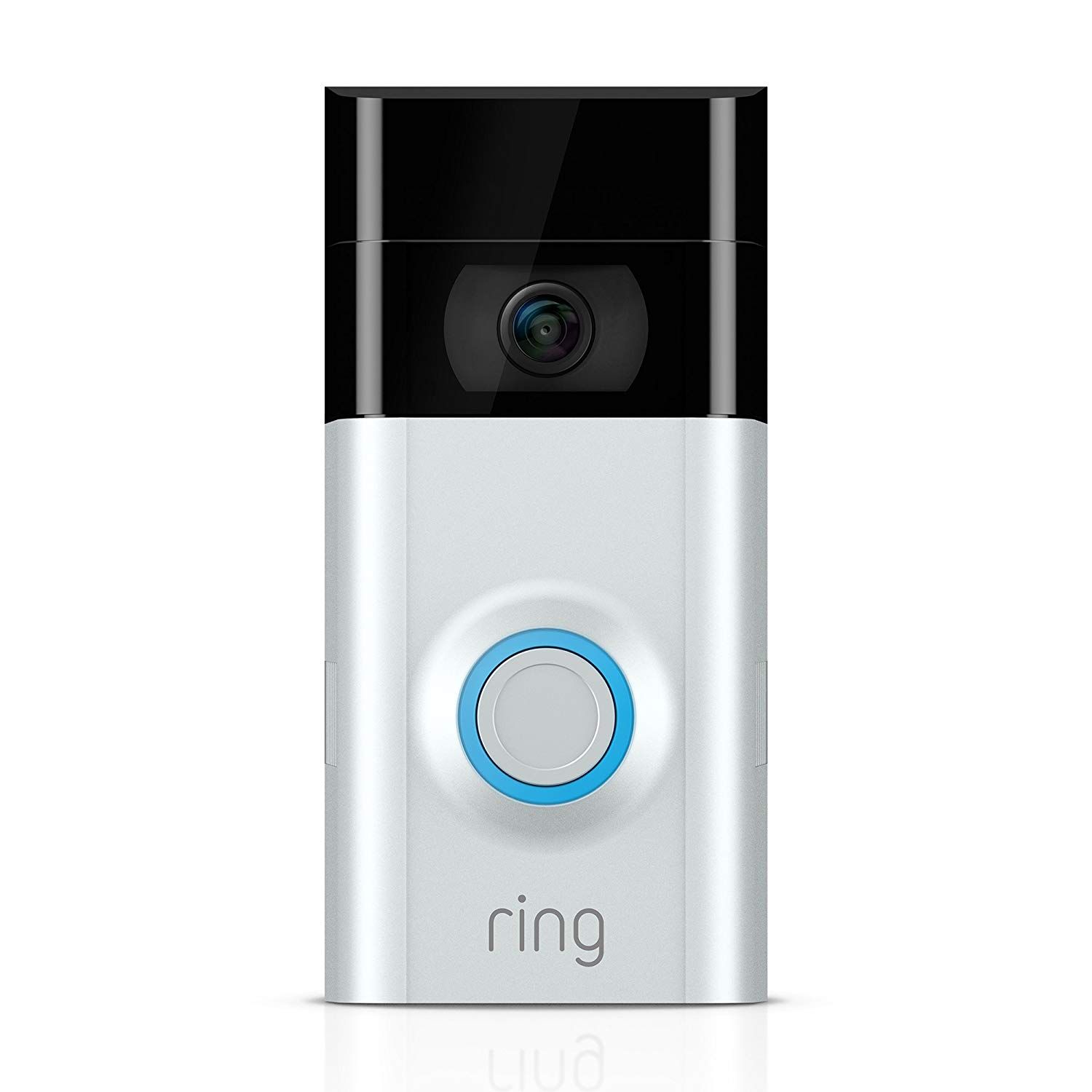

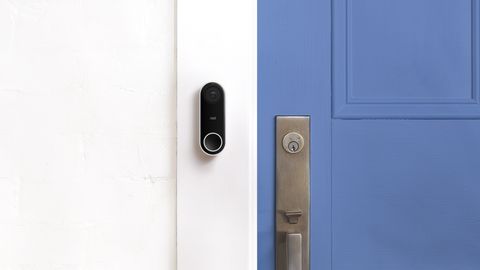
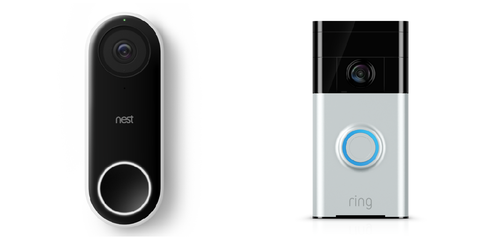

Leave a comment
This site is protected by hCaptcha and the hCaptcha Privacy Policy and Terms of Service apply.